Flies (Diptera)
Soldier Flies
StratiomyidaeSoldier Flies are widespread throughout North America. Fossils of these insects have been dated as far back as the Cretaceous (65 million years ago). Although they do not have stingers, some species mimic the coloration and behaviour of bees or wasps. This helps deceive predators into avoiding them. Adults are often found resting on vegetation or feeding on flowers.
Representative Genera and Species:
Odontomyia pubescens, O. virgo, Stratiomys barbata, S. laticeps
Pollinator Life Cycle:
Soldier Flies have four main life stages: egg, larvae, pupa, and adult. Adults often breed in decaying plant or animal material, in feces, or under tree bark. Some species form large mating swarms. Pupation occurs in the hardened skin of the last larval stage.
Rarity Status:
No Soldier Flies are legally protected in Canada. The status of Canadian species has not yet been assessed.
Physical Appearance:
These flies range in size from 2-20 mm long, and are slender to robust in shape. They vary in color (e.g. yellow, green, blue, black and metallic) and often display variegated designs. The veins of their two membrane-like wings have distinctive patterns. When resting, these are folded scissor-like across their paddle-shaped abdomen. Antennae are often pouch-like with a slender bristle, or y-shaped. Their mouthparts are short and non-piercing.
Pollinator Habitat:
Adults can be found in damp forests, near bodies of water, on vegetation in boggy areas, or near larval food sources. They frequent flowers, and are often seen on foliage in sunny spots. Larvae occupy many diverse habitats including soil and sod, decaying organic matter, under tree bark, and aquatic environments.
Canadian Distribution:
- Alberta
- British Columbia
- Manitoba
- New Brunswick
- Newfoundland/Labrador
- Nova Scotia
- Ontario
- Quebec
- Saskatchewan
- Yukon
Prairie Types:
- Fescue Prairie
- Mixed Grass Prairie
- Tall Grass Prairie






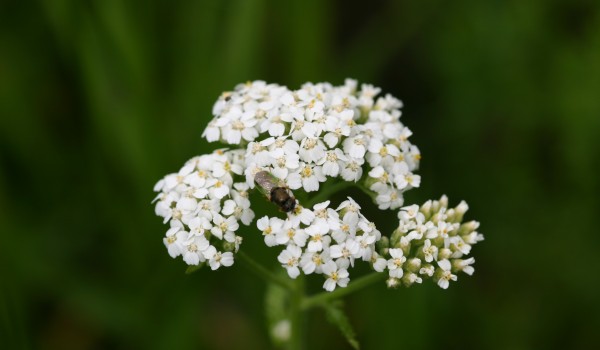
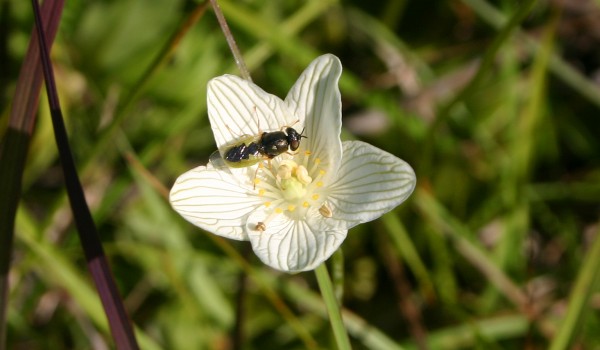
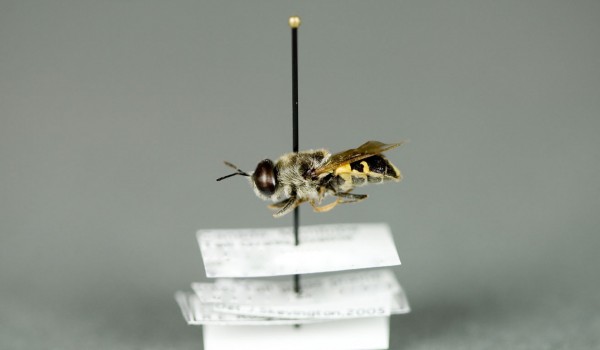
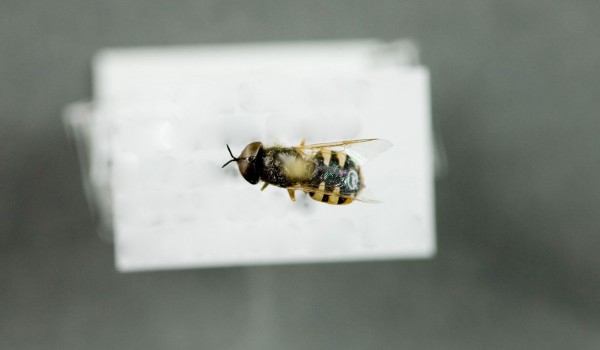
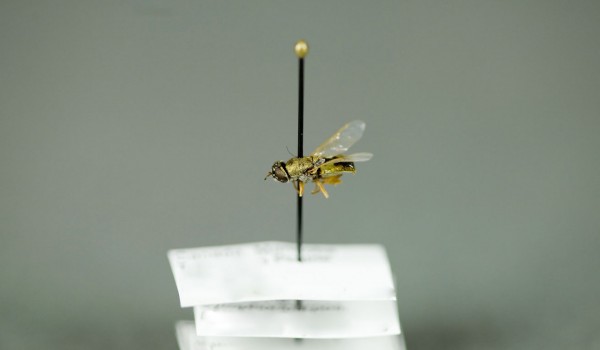
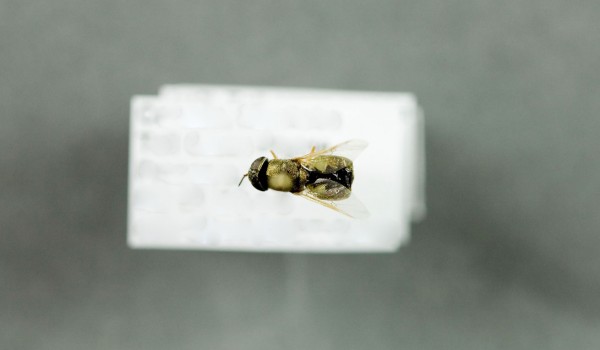
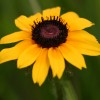 Black-eyed Susan
Black-eyed Susan 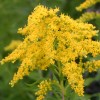 Canada Goldenrod
Canada Goldenrod 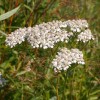 Common Yarrow
Common Yarrow 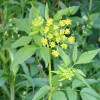 Golden Alexander
Golden Alexander  Heart-leaved Alexander
Heart-leaved Alexander 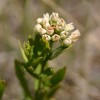 Pale Comandra
Pale Comandra 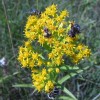 Riddell's Goldenrod
Riddell's Goldenrod 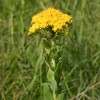 Rigid Goldenrod
Rigid Goldenrod 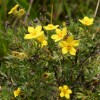 Shrubby Cinquefoil
Shrubby Cinquefoil 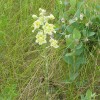 Smooth Camas
Smooth Camas 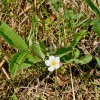 Smooth Wild Strawberry
Smooth Wild Strawberry 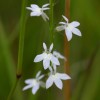 Spiked Lobelia
Spiked Lobelia 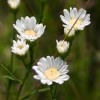 Upland White Goldenrod
Upland White Goldenrod 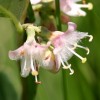 Western Snowberry
Western Snowberry